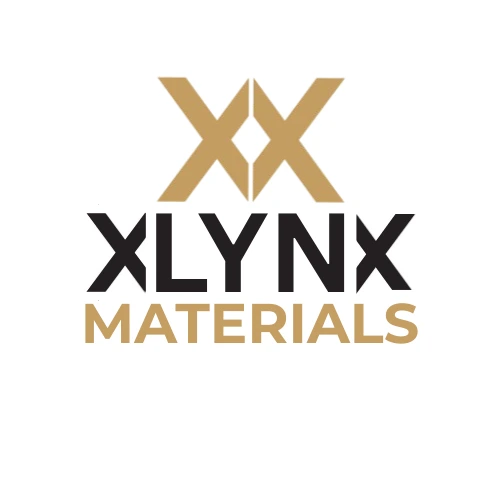Applications and Opportunities
Synthetic polymers and composites are an important part of our modern world, and for good reason.
Polymers offer a unique combination of properties that can’t be replicated with other materials; They are cheap to produce, easy to work with, and provide low-density strength, corrosion-resistance, and thermal and electrical insulation. Their use has led to lighter and more efficient vehicles, innovative high-end electronics, super lightweight durable textiles, and life-altering medical breakthroughs, to name a few applications.
Despite their advantages, a long-standing challenge with these materials – particularly high-performance / low-surface-energy polymers – has been their resistance to adhesion, coatings, and dyes. This is where XLYNX Materials is changing how we think about polymers.
Unlike traditional primers, adhesives or surface treatments, which can be destructive and costly, XLYNX’s diazirine-based crosslinking products create strong, irreversible covalent bonds upon activation by UV light or moderate heat. By forming a reactive layer through highly stable carbon-carbon bonds, new opportunities in coating, dyeing, adhesion, and dissimilar material bonding are made possible. The company’s molecular crosslinker, BondLynx, has also demonstrated itself to be a highly effective stabilizing agent in organic electronic, quantum dot, and perovskite solar cell applications.
Applications and opportunities for XLYNX diazirine-based crosslinking molecules include:
Polyolefin Adhesive
Create ultra-strong covalent bonds between a wide range of “impossible-to-bond” materials:
- Bond polyolefin polymers, such as polyethylene and polypropylene, as well as a wide variety of polymers containing aliphatic C-H bonds like polystyrene, acrylics, polyurethanes, aramids, and more
- Failure-resistant adhesion compared to conventional mechanical bonds
- Bond polymers to metals, glass, ceramics, wood, paper, textiles, leather, and elastomers
- Composite material additive
Universal Primer
Prime polymer surfaces to engage with adhesives, dyes, or coatings:
- Versatile primer works with any kind of adhesive (polyurethanes, cyanoacrylates, epoxies, etc.), so you can choose the right adhesive for the job
- Functionalize treated materials through surface property modification
- Bond polyolefins with metal, rubber, glass, or vinyl in dissimilar material applications
- Stronger adhesion and greater versatility than traditional polyolefin primers
- Treated surfaces are highly stable and remain functionalized for months without loss of receptivity
- Non-destructive and PFAS-free
Technology Enabler
Go beyond simple adhesion with a molecular bonding agent that enables technological innovation:
- Improve stability for better performance and long-term efficiency with
- Perovskite solar cells
- Quantum dot technology
- Organic electronics
- Enable photopatterning in low dielectric constant application
Textile/Fiber Strengthener
Enhance woven, braided and knitted polymer materials to increase puncture, tear and tensile performance:
- Enhance light, strong fabrics for high performance applications
- Strengthen materials used in ballistic body armor for greater stopping power without adding weight
- Create ultra-strong, lightweight composite laminates
- Functionalize materials for dyeing or coating applications
Confirmed Substrates
XLYNX’s pioneering crosslinking technology has been successfully tested on a wide range of polymer/polymer and polymer/non-polymer combinations, including:
- Polyethylene (LDPE, HDPE, UHMWPE)
- Polypropylene (PP)
- Polyvinyl chloride (PVC)
- Polystyrene (PS)
- Polycaprolactone (PCL)
- Acrylics
- Polyisoprene elastomers
- Polyurethanes
- Aramid and UHMWPE fabrics
- Glass, ceramics, wood, paper, textiles, leather, elastomers, and some metals



